Hydroponic Ginger Plants – Can You Grow Ginger In Water
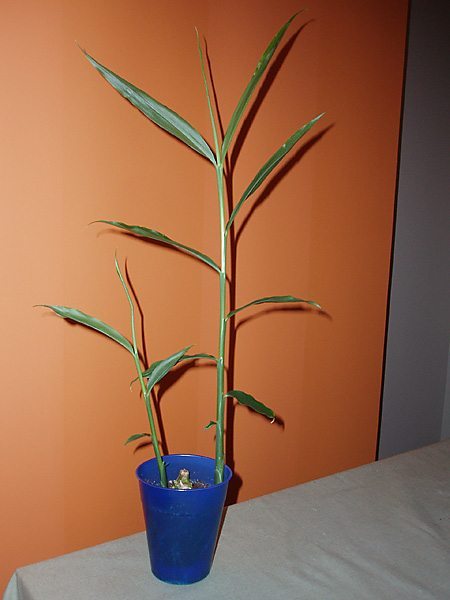
Ginger (Zingiber officinale) is an ancient plant species that has been harvested for millennia for not only medicinal uses but in many Asian cuisines as well. It is a tropical/subtropical plant that grows in rich soil in warm regions with high humidity. To grow ginger, these conditions need to mimic those where it grows naturally, but what about hydroponic ginger plants? Can you grow ginger in water? Keep reading to find out about rooting and growing ginger in water.
Does Ginger Grow in Water?
Ginger is inappropriately called ginger root, but what is actually used is the rhizome of the plant. From the rhizome, spring upright, grass-like leaves. As the plant grows, new rhizomes are produced. As mentioned, usually the plant is cultivated in soil, but can you grow ginger in water? Yes, ginger does grow in water. In fact, growing ginger in water has advantages over traditional cultivation. Growing hydroponic ginger plants takes less maintenance and less space.
How to Grow Ginger Hydroponically
To start, you will not be rooting the ginger in water. Although for the majority of the plant’s life, it will be grown hydroponically, it is best to root a piece of the rhizome in compost first and then move it to a hydroponic system later. Cut a rhizome into several pieces with a bud on each. Why several? It’s a good idea to plant several to ensure germination. Fill a pot with compost and plant the pieces about an inch (2.5 cm.) deep into the soil. Water the pot well and on a regular basis. Prepare your hydroponic system to receive the ginger plants. They need about 1 square foot (929 sq. cm.) of growing room per plant. The tray you will be placing the plants in should be between 4 and 6 inches (10-15 cm.) deep. Continue to check to see if the rhizomes have germinated. When they have produced stems and some leaves, remove the strongest plants from the soil and rinse off their roots. Place 2 inches (5 cm.) of growing medium into the hydroponic container, place the new ginger plants atop the medium and spread out the roots. Keep the plants spaced about a foot (31 cm.) apart. Pour in growing medium to cover the roots to anchor the plants in place. Hook up the hydroponic system to water and feed the plants about every two hours using a standard hydroponic nutrient solution. Keep the pH of the fluid between 5.5 and 8.0. Give the plants about 18 hours of light per day, allowing them to rest for eight hours. Within about four months, the plants will have produced rhizomes and can be harvested. Harvest the rhizomes, wash and dry them, and store them in a cool, dry area. Note: It is also possible to stick a slightly rooted piece of rhizome into a cup or container of water. It will continue to grow and produce leaves. Change out the water as needed.
Gardening tips, videos, info and more delivered right to your inbox!
Sign up for the Gardening Know How newsletter today and receive a free copy of our e-book "How to Grow Delicious Tomatoes".

Amy Grant has been gardening for 30 years and writing for 15. A professional chef and caterer, Amy's area of expertise is culinary gardening.
-
 Looking For Plants To Give You The Soft And Fuzzies? Try These 5 Fuzzy Leaf Plant Options
Looking For Plants To Give You The Soft And Fuzzies? Try These 5 Fuzzy Leaf Plant OptionsLovers of texture, drama, silver foliage and tactile plants will adore these special sensory garden additions. These fuzzy leaf plant options will leave you all aglow
By Susan Albert
-
 Get Ready For A Summer Of Hummers! Grow These Full Sun Hummingbird Plants and Flowers
Get Ready For A Summer Of Hummers! Grow These Full Sun Hummingbird Plants and FlowersIf you’re lucky enough to enjoy a sunny backyard, make sure you are maxing out on your pollinator opportunities and grow these full sun hummingbird plants and flowers
By Tonya Barnett
-
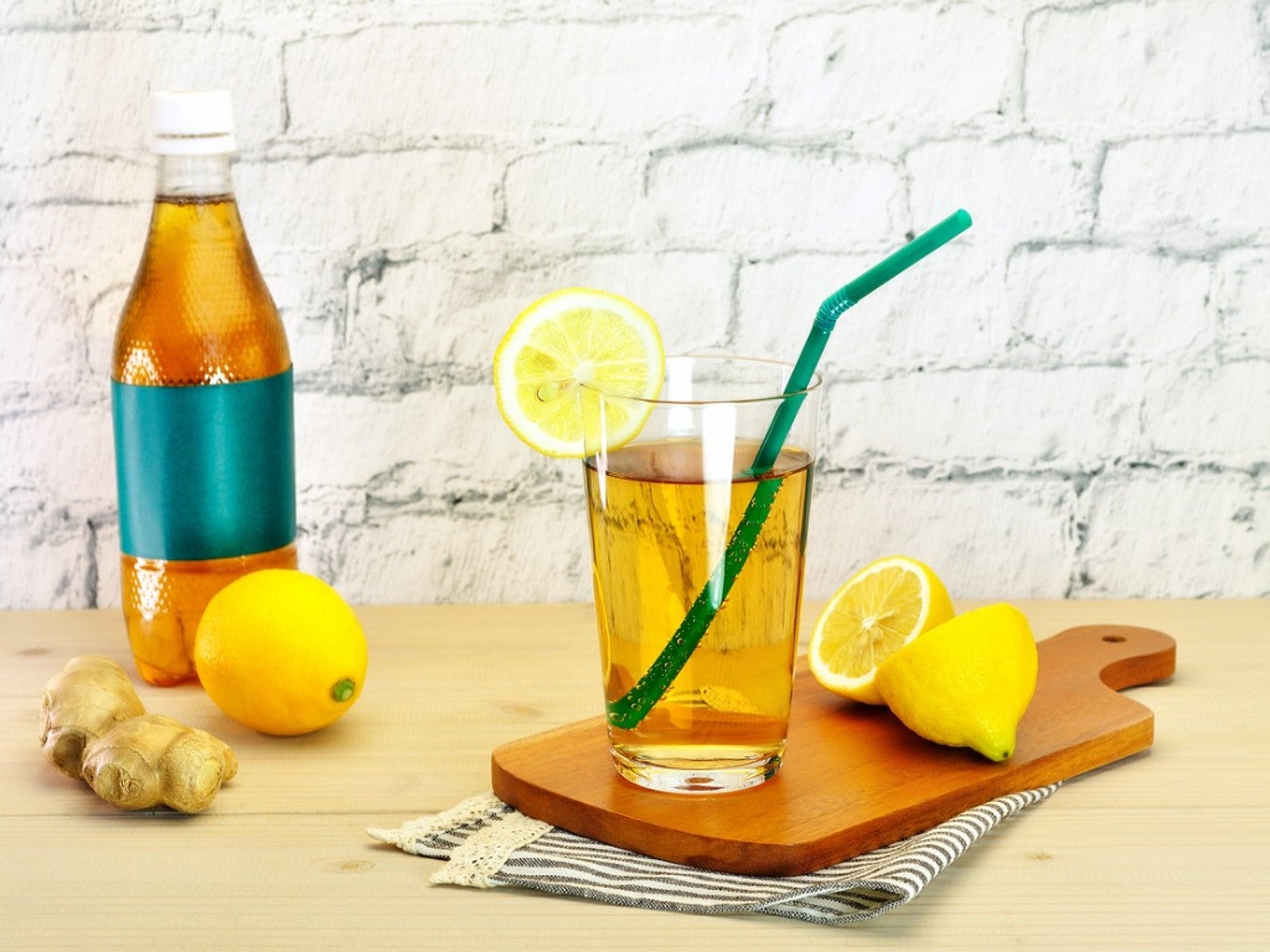 Homemade Ginger Ale Straight From The Garden
Homemade Ginger Ale Straight From The GardenLearn here how to grow your own ginger and check out a recipe for homemade ginger ale.
By Bonnie L. Grant
-
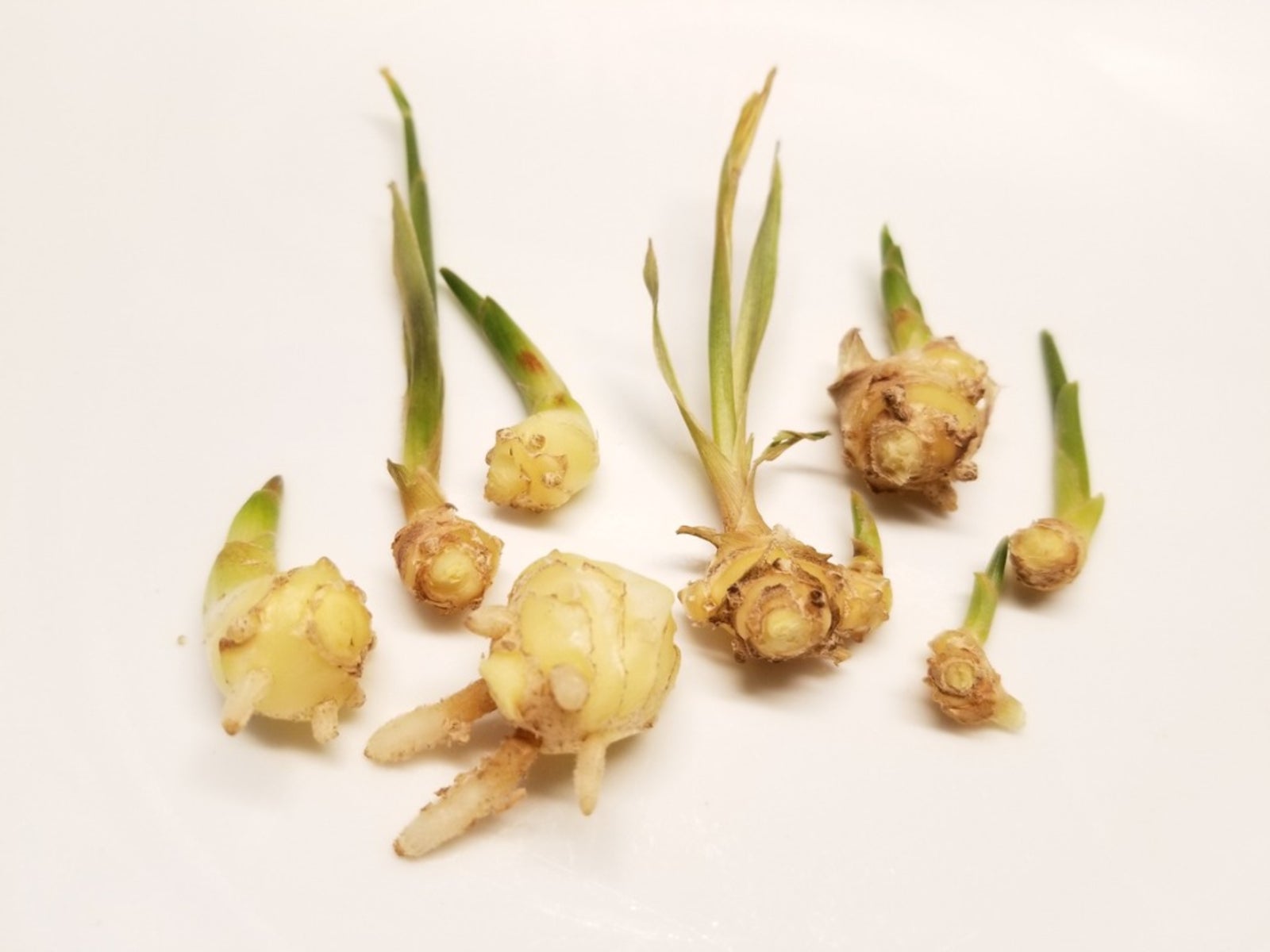 Can I Plant Grocery Store Ginger - How To Grow Grocery Store Ginger
Can I Plant Grocery Store Ginger - How To Grow Grocery Store GingerGinger has a lengthy history and was once bought and sold as a luxury item. But perhaps you have wondered, “Can I plant grocery store ginger?”. Read on to find out.
By Amy Grant
-
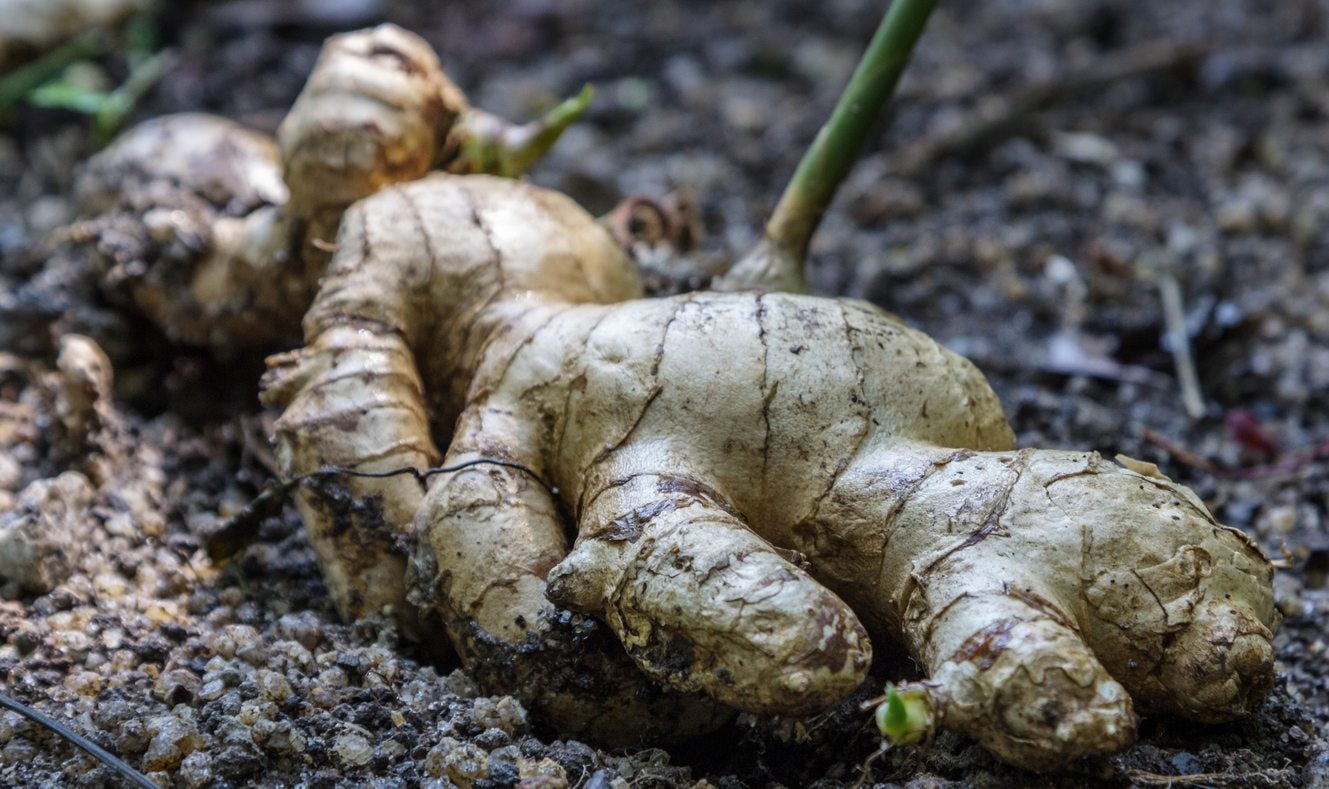 Ginger Harvesting Guide – Learn How To Harvest Ginger Plants
Ginger Harvesting Guide – Learn How To Harvest Ginger PlantsPeople have been harvesting ginger root for its aromatic, spicy rhizomes for centuries. Given that these delectable roots are underground, how do you know if its ginger harvesting time? Click here to find out when to pick and how to harvest ginger.
By Amy Grant
-
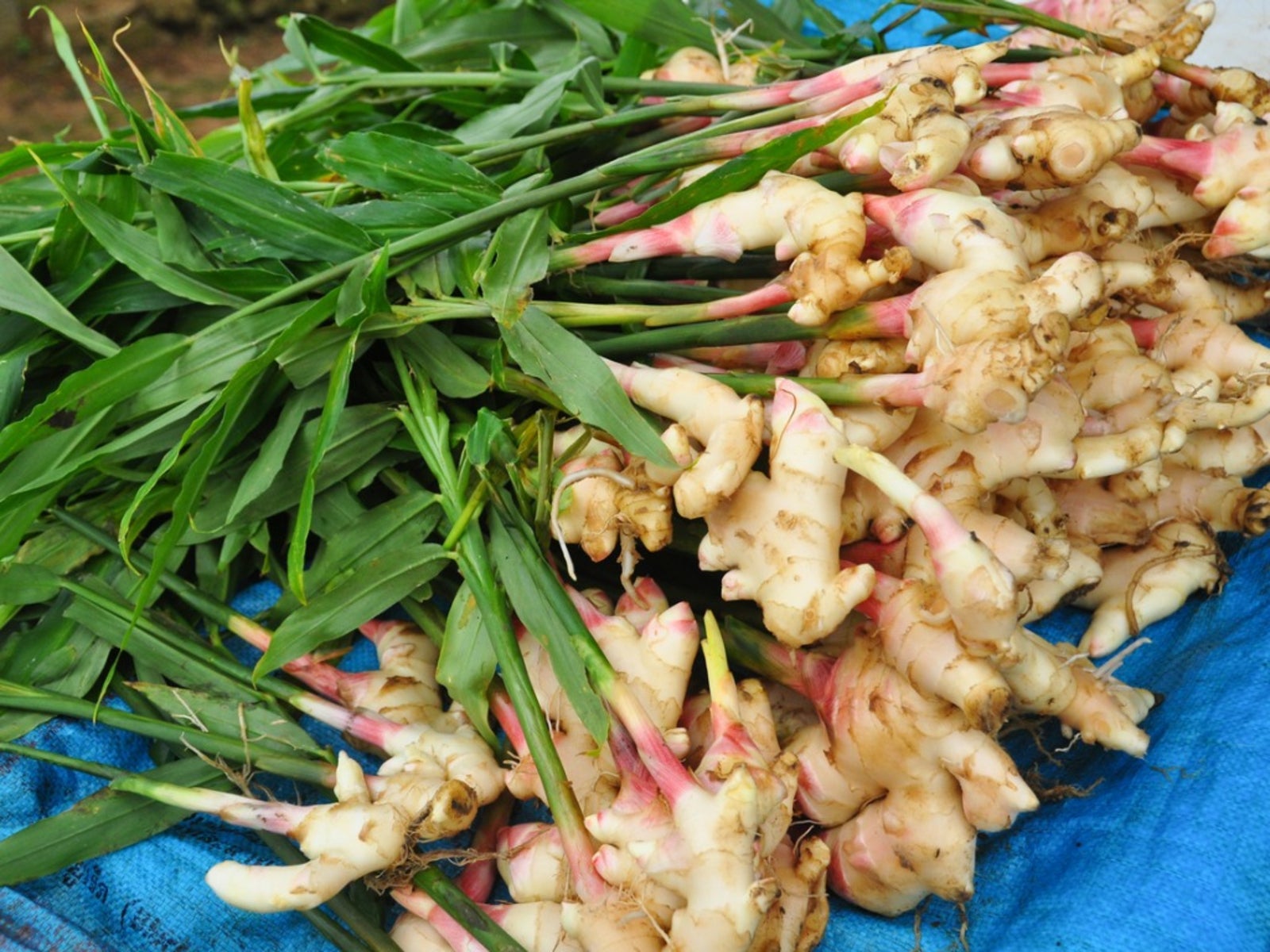 Diseases Of Ginger – Recognizing Ginger Disease Symptoms
Diseases Of Ginger – Recognizing Ginger Disease SymptomsGinger can be an interesting addition to your edible landscaping. Careful planning and a watchful eye will ensure that you never have to experience any of the ginger plant diseases found in this article. Click here for more information on treating sick ginger plants.
By Kristi Waterworth
-
 Ginger With Brown Leaves: Learn Why Ginger Leaves Are Turning Brown
Ginger With Brown Leaves: Learn Why Ginger Leaves Are Turning BrownGinger plants are interesting additions to gardens, but they can be fickle about growing conditions. Brown leaves can be an alarming symptom, but the chances are good that your plant is showing a sign of stress, rather than a sign of sickness. Learn more here.
By Kristi Waterworth
-
 Japanese Ginger Info: How To Grow Myoga Ginger Plants
Japanese Ginger Info: How To Grow Myoga Ginger PlantsJapanese ginger roots are not edible. The shoots and buds of this plant are edible and can be used like an herb in cooking. Japanese ginger uses aren't limited to food, though. Learn more in this article.
By Mary Ellen Ellis
-
 Can Ginger Grow Outside – Ginger Cold Hardiness And Site Requirements
Can Ginger Grow Outside – Ginger Cold Hardiness And Site RequirementsOnce an exotic herb is grown only in tropical locations, today homeowners all over the world can grow their own ginger in the garden. Click the following article to learn more about growing ginger outdoors along with their outdoor requirements.
By Darcy Larum
-
 Ginger Plant Division : How To Divide Ginger Plants
Ginger Plant Division : How To Divide Ginger PlantsSeparating a ginger periodically will encourage new growth and can garner new plants from divided rhizomes. The trick is knowing when to divide ginger and how to do it without damaging the parent plant. This article will help with that.
By Bonnie L. Grant